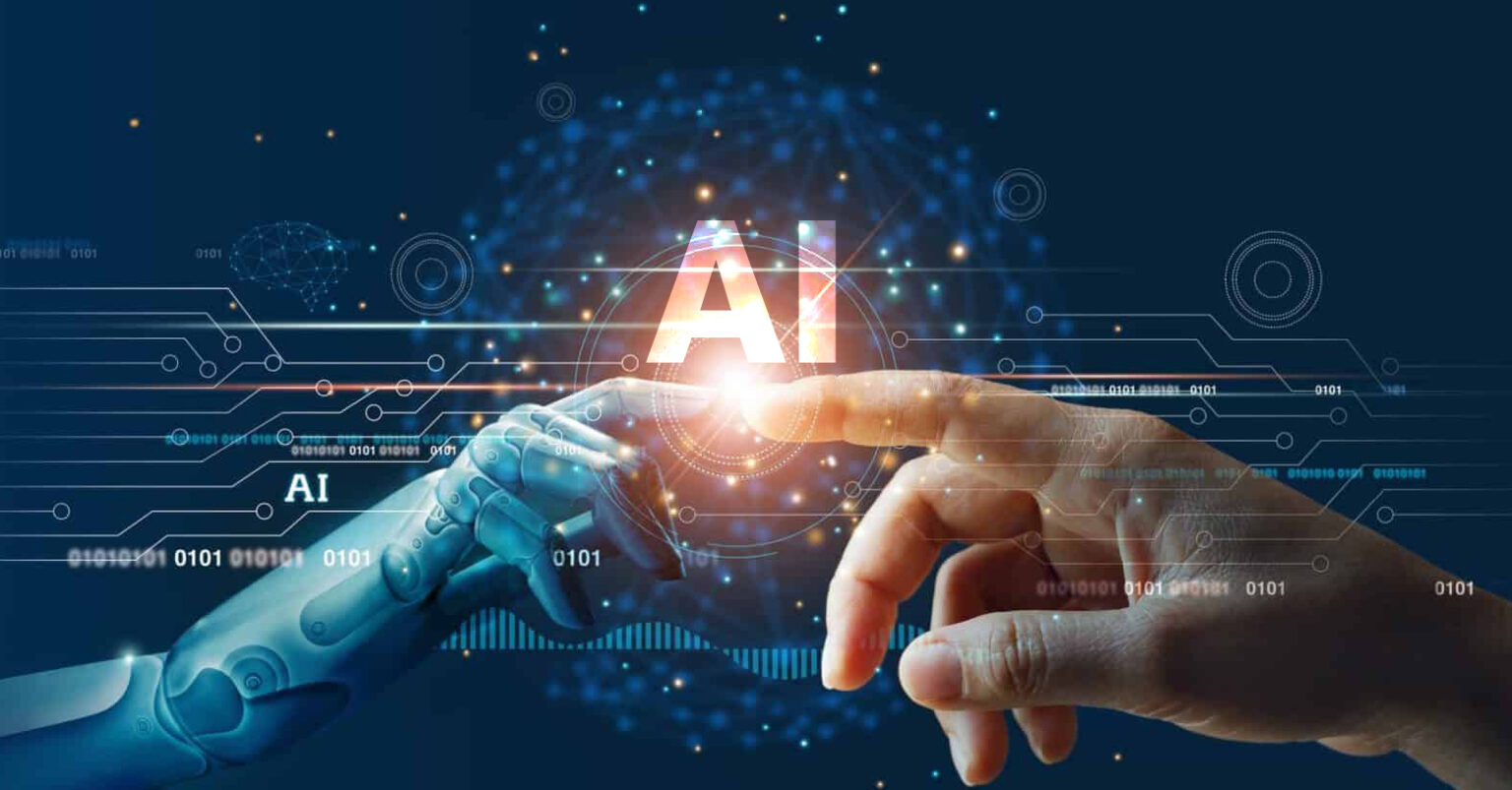
I was watching a video the other day on YouTube.
The video was about how AI is changing the world and it sent me down an interesting rabbit hole.
A few hours on the internet, and I realised that AI has mostly been used to automate human tasks. There are not many touch points between humans and AI, and the touch points that exist are a very basic level of AI.
Thinking about it posed an interesting question.
“How is AI being used to enhance the user experience?”
I realised that COVID-19 and the lockdowns have accelerated the pace at which AI is being applied and the biggest application seems to be in virtual events.
Why?
Because the environment is virtual, there is a better control over the user’s experience in terms of the curation and personalisation aspect as compared to the in-person events.
How?
- AI allows to tailor the audience to the event objective and vice-versa.
This ensures that the level of engagement is higher than an event with a generic public.
- AI allows for tweaking the event flow based on real-time user experience.
Once an event kicks off, there wasn’t much you could do about it. But now, we can tweak the user flow, content, and design in real time, all due to the data that the AI makes sense of. This is a game changer in an industry, where the only goal is success and you gotta beat all odds.
AI also helps drive engagement by providing the attendees with the right engagement tools to freely express themselves.
- The vividness of the event, paired with the AI, immerses the user and puts them in an experience-first event, rather than an objective-focused one, allowing better conversion with the attendees.
When AI is paired to the virtual event user experience, the user experiences the event like it was curated for them rather than a general public. This is possible only due to the advances in AI technology that allows to build a better picture of the likes and dislikes of the attendee and ensure that the likes are incorporated into it and it feels to them like it was personally designed for them.
As you can see from above, the user experience because of AI has been amplified and is more intuitive, compared to past event models.
The processing power available for commercial purposes has unlocked a new dimension of virtual reality, one which is as vivid as our physical reality.
The virtual events industry is in a beautiful position.
A position where they can take the concept of traditional events and pair it with the latest event-tech creating a state-of-the-art virtual experience for the user.
The events industry has seen the least technological integration compared to other industries. This may seem like a bad spot but there is a silver lining.
We are in a position to create and build a new dimension to host events. We have built virtual realities that are technologically so enabling and integration-worthy, that the possibilities are limitless.
The virtual events industry has been fast-tracked due to the COVID-19 situation, and the best foot forward would be to embrace and integrate the changes head-first.